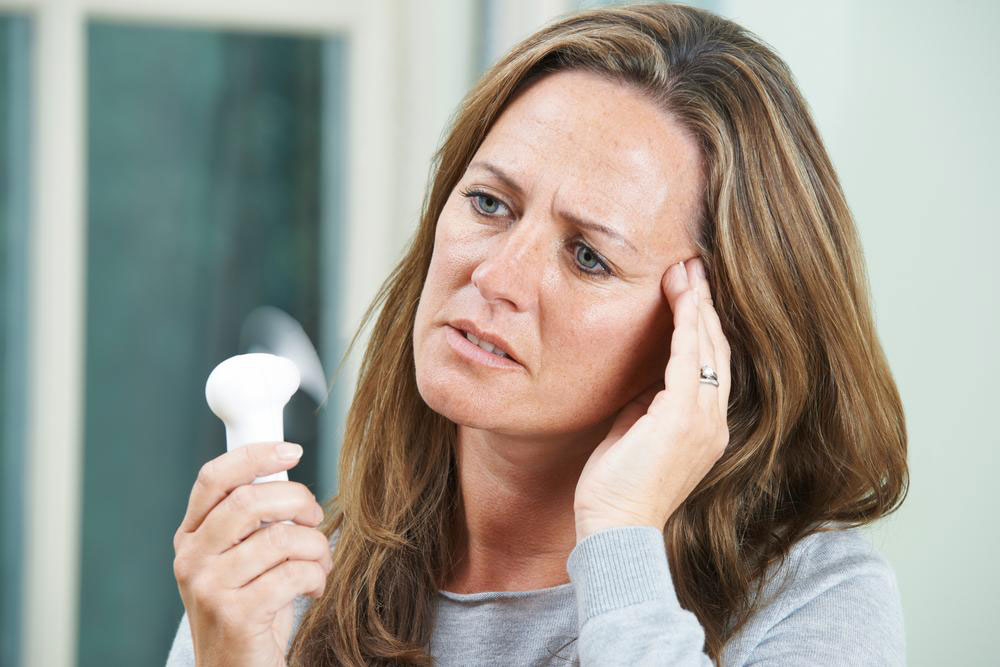The Comprehensive Benefits of Cycling for Women’s Health and Wellness
Discover the comprehensive health benefits of cycling tailored for women, from weight management and disease prevention to mental wellness and social engagement. Learn how cycling fits into a healthy lifestyle and empowers women to stay active, energetic, and joyful at any age.

Engaging in cycling offers women not only a joyful recreational activity but also a multitude of significant health benefits that support overall well-being. Riding a bike is a versatile form of exercise that involves several muscle groups and joints, providing an effective, low-impact workout suitable for women of various ages and fitness levels. Through regular cycling, women can improve physical health, boost mental wellness, and foster social connections—all of which contribute to a more balanced and healthier lifestyle.
In this article, we delve deep into the numerous advantages that cycling offers specifically for women. From managing weight and preventing chronic diseases to enhancing mental health and fostering community, cycling stands out as an accessible, enjoyable, and health-promoting activity tailored for women. Exploring these benefits will encourage more women to incorporate cycling into their daily routines and harness its full potential for lifelong health and happiness.
Effective Fight Against Weight Gain and Joint Health Issues
As women progress into their 30s, metabolic rates tend to slow down, and the risk of weight gain and joint-related conditions such as osteoarthritis increases. Regular cycling serves as an excellent strategy to combat these issues by helping to burn significant calories—up to approximately 300 calories per hour depending on intensity and body weight. It is a moderate-intensity exercise that not only aids weight management but also minimizes the risk of joint injuries common in high-impact activities like running or jumping.
Since cycling is a low-impact sport, it reduces stress on knees, hips, and ankles, making it suitable for women of all ages, including those managing joint pain or arthritis. Incorporating cycling into daily routines can promote cartilage health and enhance joint flexibility, supporting mobility as women age.
Reducing the Risk of Type 2 Diabetes
Type 2 diabetes is a growing global health concern, particularly among women with sedentary lifestyles and poor dietary habits. Studies indicate that engaging in just 30-40 minutes of cycling every day can decrease the risk of developing type 2 diabetes by up to 40%. The activity improves insulin sensitivity, helps regulate blood sugar levels, and promotes overall metabolic health.
Women looking to prevent or manage diabetes should consider regular cycling as part of their health strategy. It is an accessible activity that can be integrated into daily life—whether commuting to work, riding through the park, or participating in leisurely family rides—thus making it easier to sustain long-term lifestyle changes.
Boosting Mental Health and Managing Stress
Modern women often face multiple stressors—from demanding careers to caregiving roles—which can lead to hormonal imbalances, anxiety, and depression. Cycling offers a natural remedy by stimulating the release of endorphins—body’s mood-enhancing hormones—that help alleviate stress and improve emotional resilience.
Furthermore, outdoor cycling provides exposure to sunlight, enhancing vitamin D production, which is essential for mental health. The rhythmic activity of pedaling combined with outdoor scenery promotes mindfulness and a meditative state, reducing feelings of anxiety and mental fatigue.
Social cycling groups are also an excellent way for women to connect with others, fostering a sense of community and support. These social interactions can significantly improve mental well-being, making cycling not just a form of exercise but also a source of social fulfillment.
Potential in Preventing Breast Cancer
Research suggests that engaging in regular physical activity like cycling can help reduce the risk of breast cancer. As a comprehensive full-body workout, cycling helps regulate hormones, maintain a healthy weight, and strengthen immune functions—all factors associated with lower breast cancer risk.
Women who incorporate cycling into their routines are also more likely to adopt other healthy behaviors, such as balanced eating and regular health check-ups, compounding the protective effects. Embracing cycling not only promotes physical health but also contributes to long-term disease prevention.
Beyond the physical health advantages, cycling encourages social engagement and promotes a fun, active lifestyle. It’s a convenient way for women to stay energetic and joyful, fostering a positive cycle of health and wellness that can last for years.
In conclusion, cycling is an accessible, low-impact activity with a profound impact on women’s health. From preventing chronic illnesses to boosting mental health and expanding social networks, its benefits are immense. Whether used as a daily commute, a weekend leisure activity, or a form of physical therapy, cycling empowers women to lead healthier, happier lives—embracing physical activity at any age and stage of life.





